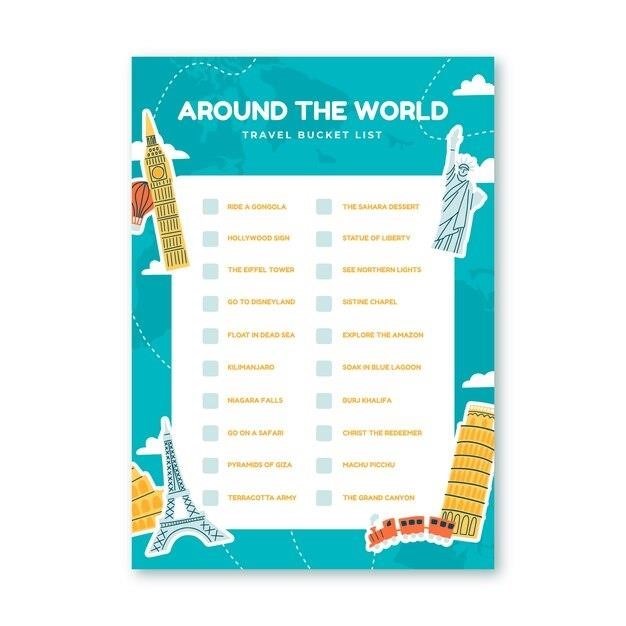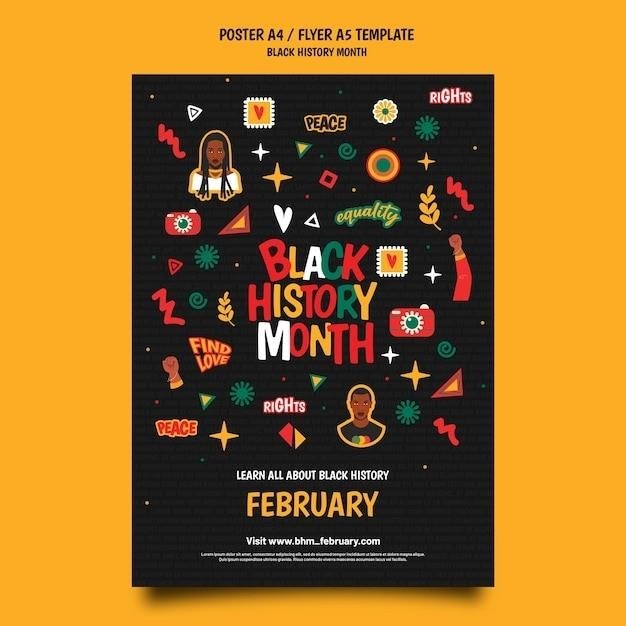Miller & Levine Biology⁚ An Overview
Miller & Levine Biology is a widely used high school textbook‚ known for its in-depth coverage and engaging approach to teaching biology. It’s praised for its clear explanations and numerous illustrations.
Authors and Publisher
The renowned textbook‚ “Miller & Levine Biology‚” is a collaborative effort by two prominent figures in the field⁚ Kenneth R. Miller and Joseph S. Levine. Their expertise and dedication to clear‚ engaging pedagogy shine through in the book’s comprehensive content and accessible writing style. The publisher of this widely adopted high school biology text is Pearson Prentice Hall‚ a leading name in educational publishing. This partnership ensures the book’s accessibility and ongoing relevance within the educational landscape. The authors’ combined experience in biology research and education ensures the accuracy and engaging presentation of complex biological concepts for high school students. Pearson’s publishing prowess guarantees widespread availability and consistent updates to keep the text current with advancements in the field of biology.
Editions and Publication Dates
While specific publication dates for all editions aren’t explicitly detailed in the provided text‚ references indicate multiple editions of “Miller & Levine Biology” exist. A 2010 edition is mentioned‚ suggesting an earlier version predates it. The text also refers to a 2014 publication‚ highlighting ongoing revisions and updates to the material. The continued use and referencing of the textbook across various years points to multiple editions released by Pearson over time. These updates likely incorporate new discoveries and advancements in the biological sciences to keep the content current and aligned with evolving educational standards. The availability of different editions reflects the textbook’s long-standing presence and adaptability within the high school biology curriculum. The ongoing revisions underscore the publisher’s commitment to providing students with the most up-to-date and accurate biological information.
Content Coverage and Approach
The Miller & Levine Biology textbook offers comprehensive coverage of high school biology‚ encompassing a wide range of topics. The authors’ unique storytelling style aims to engage students‚ making complex biological concepts more accessible. The book delves into core biological principles‚ incorporating scientific and engineering practices and cross-cutting concepts. This approach aligns with Next Generation Science Standards (NGSS) performance expectations. The substantial text includes extensive coverage of evolution‚ a key element in many high school biology curricula. The integration of various teaching methods facilitates student interaction with natural phenomena. The text’s reputation as one of the most respected and widely used high school biology texts in the U.S. speaks to its success in comprehensively covering the subject matter. Furthermore‚ the book’s online resources enhance learning‚ making the information both accessible and engaging.
Accessing the PDF⁚ Legitimate and Illegitimate Means
Obtaining the Miller & Levine Biology PDF requires careful consideration of copyright and legal access. Authorized channels offer safe and ethical acquisition.
Official Publisher Resources
Pearson‚ the publisher of Miller & Levine Biology‚ is the primary source for legitimate access to the textbook’s content. While a freely downloadable PDF might not be directly available‚ Pearson’s website often provides access to online resources such as interactive exercises‚ supplementary materials‚ and perhaps even selected chapters or excerpts in a digital format. Checking their website for student and teacher resources is the first and most recommended step. Exploring Pearson’s online bookstore is another avenue; they might offer digital versions for purchase or rental‚ providing a legal and authorized way to obtain the textbook content in a PDF or e-book format. Remember that respecting copyright is crucial‚ and only using officially sanctioned channels ensures ethical access to educational materials.
Third-Party Websites and Risks
Searching online for “Miller & Levine Biology PDF” may lead to numerous third-party websites offering free downloads. However‚ caution is strongly advised. Downloading from unofficial sources carries significant risks. These sites may host pirated copies‚ violating copyright laws‚ and potentially exposing your device to malware or viruses through infected files. The quality of the PDF may be inferior‚ with missing pages‚ poor formatting‚ or illegible text. Furthermore‚ using pirated materials undermines the educational publishing industry and deprives authors and publishers of rightful compensation for their work. Reliable access to the textbook should always prioritize official channels to ensure both legal compliance and content integrity.
Copyright Considerations
Downloading or sharing copyrighted material without permission is illegal. “Miller & Levine Biology‚” like all published works‚ is protected by copyright law. Unauthorized distribution or reproduction‚ including sharing PDFs obtained from unofficial sources‚ infringes upon these rights. Copyright infringement can lead to legal repercussions for both the downloader and the distributor. Respecting intellectual property rights is crucial in supporting authors‚ publishers‚ and the continued creation of valuable educational resources. Legitimate access to the textbook ensures compliance with copyright laws and ethical practices within the educational community. Always seek authorized avenues for accessing the textbook’s content.
Miller & Levine Biology⁚ Educational Resources
The textbook often includes access to a companion website with online resources‚ study workbooks‚ and teacher materials to enhance learning.
Companion Website and Online Materials
Many editions of Miller & Levine Biology offer a dedicated companion website. This online platform typically provides supplementary resources designed to enrich the learning experience. Students might find interactive exercises‚ animations‚ videos‚ and virtual labs to reinforce concepts covered in the textbook. These digital tools can cater to various learning styles‚ offering alternative ways to grasp complex biological principles. The website may also host additional practice questions‚ quizzes‚ and assessments to help students gauge their understanding and prepare for exams. Furthermore‚ instructors can utilize the online materials to create engaging lesson plans and activities‚ supplementing their classroom teaching with interactive digital content. The availability and specific features of the companion website can vary depending on the textbook edition and publisher.
Study Workbooks and Supplementary Materials
To complement the core textbook‚ Miller & Levine Biology often includes or offers supplementary materials such as study workbooks. These workbooks typically provide additional practice problems‚ review questions‚ and activities to reinforce learning. They might incorporate various question formats‚ including multiple-choice‚ short answer‚ and essay questions‚ to test comprehension and application of biological concepts. Some workbooks might also include hands-on activities or experiments that allow students to explore biological principles in a more practical way. These supplementary materials can be invaluable for students who need extra practice or prefer a more structured approach to studying. The availability of these workbooks and their specific contents may vary depending on the textbook edition and publisher. Additional resources‚ like online practice tests‚ might also be available.
Teacher Resources and Lesson Plans
For educators using the Miller & Levine Biology textbook‚ a range of teacher resources and lesson plans are frequently provided to support effective instruction. These resources may include detailed lesson plans aligned with the textbook’s chapters‚ providing a structured framework for teaching the material. They often suggest activities‚ demonstrations‚ and assessments to engage students and check their understanding. Supplementary materials like answer keys for textbook exercises and worksheets are also commonly included. Access to digital resources‚ such as online presentations or interactive simulations‚ can enhance the learning experience. Some publishers provide teacher editions of the textbook with annotations and additional explanations to aid instruction. The specific resources offered vary depending on the edition and publisher‚ but they aim to provide teachers with the tools they need for successful implementation of the curriculum.
The Book’s Place in Biology Education
Miller & Levine Biology holds a prominent position in high school biology education in the U.S.‚ renowned for its comprehensive content and accessibility.
Curriculum Alignment and Standards
The Miller & Levine Biology textbook is designed to align with Next Generation Science Standards (NGSS)‚ a significant framework for K-12 science education in the United States. The NGSS emphasize scientific practices‚ crosscutting concepts‚ and core ideas‚ promoting a deeper understanding of science rather than rote memorization. This textbook’s structure reflects this approach‚ incorporating hands-on activities and real-world applications to enhance student learning. The curriculum’s alignment with NGSS ensures that the material covers essential concepts and skills for high school biology. Teachers can confidently use this resource knowing it meets national standards and prepares students for college-level science courses. Furthermore‚ the book’s adaptability allows for customization to meet specific state or district requirements‚ making it a versatile tool for diverse educational settings. Regular updates and revisions ensure the textbook remains current with the latest scientific discoveries and educational best practices. This ensures that students receive the most accurate and relevant information.
Pedagogical Approach and Student Engagement
Miller & Levine Biology employs a student-centered pedagogical approach‚ prioritizing active learning and critical thinking. The textbook integrates various teaching strategies to cater to diverse learning styles. Real-world examples and relatable scenarios are used to connect abstract biological concepts to students’ everyday experiences‚ increasing engagement and comprehension. Interactive elements‚ such as case studies and inquiry-based activities‚ encourage active participation and problem-solving skills. The authors utilize a clear and concise writing style‚ making complex biological information accessible to a wide range of students. Furthermore‚ the inclusion of visual aids such as diagrams‚ illustrations‚ and photographs enhances understanding and memorability. The supplementary materials‚ including online resources and workbooks‚ provide additional opportunities for practice and reinforcement of concepts‚ further enhancing student engagement and learning outcomes. This multifaceted approach aims to foster a deeper understanding of biology and cultivate a lasting interest in the subject.
Reviews and Criticisms
Miller & Levine Biology receives generally positive reviews‚ praised for its comprehensive content and engaging presentation style. Many educators appreciate its alignment with national science standards and its ability to cater to diverse learning styles. However‚ some critics suggest that the sheer volume of information can be overwhelming for some students‚ requiring careful pacing and supplemental support. The textbook’s depth may also prove challenging for students lacking a strong foundation in basic biology principles. Specific criticisms may target particular sections or chapters‚ depending on individual curriculum needs and teaching preferences. The extensive use of visuals‚ while generally positive‚ might occasionally detract from the focus on core concepts for some learners. Despite these minor drawbacks‚ the textbook remains a widely adopted resource‚ suggesting that its strengths outweigh its weaknesses for most users.
Related Biology Textbooks and Resources
Numerous alternative high school and college-level biology texts exist‚ offering diverse pedagogical approaches and content focuses. Online resources supplement textbook learning.
Alternative High School Biology Texts
Several high-quality alternative high school biology textbooks provide comprehensive coverage of biological concepts‚ often with different pedagogical approaches than Miller & Levine. These texts may emphasize different aspects of biology‚ such as ecology‚ genetics‚ or cell biology‚ catering to various learning styles and curriculum requirements. Some may incorporate more hands-on activities or incorporate a stronger focus on current research. The choice of textbook often depends on the specific learning objectives and the overall curriculum framework of the school. Factors such as readability‚ visual aids‚ and supplementary resources also influence selection. Availability of online resources and teacher support materials can significantly impact the teaching experience and student learning outcomes. Exploring different options allows educators to find the best fit for their students’ needs and learning goals. Consider the depth of coverage‚ the balance between theory and application‚ and the alignment with national or state standards when making a decision.
College-Level Introductory Biology Texts
Introductory college biology textbooks offer a more rigorous and in-depth exploration of biological principles compared to high school texts like Miller & Levine. These books often cover a broader range of topics‚ delving deeper into cellular processes‚ molecular biology‚ genetics‚ and evolution. They typically assume a higher level of prior scientific knowledge and mathematical proficiency. Students are expected to engage in more independent learning and critical thinking; Many college-level texts are accompanied by extensive online resources‚ including interactive simulations‚ practice problems‚ and video lectures. The choice of textbook for an introductory college course often depends on the specific emphasis of the course‚ the instructor’s teaching style‚ and the overall learning objectives. Well-regarded texts often prioritize clarity of explanation and incorporate many examples to illustrate key concepts. The availability of study guides and supplementary materials can also influence the selection process for both instructors and students.
Online Biology Resources and Learning Platforms
The digital age offers a wealth of online resources complementing traditional biology textbooks like Miller & Levine. Interactive simulations allow students to visualize complex processes‚ while online encyclopedias and databases provide access to a vast amount of information. Many educational platforms offer curated collections of videos‚ articles‚ and quizzes‚ tailored to specific curricula or learning styles. Khan Academy‚ for instance‚ provides free biology lessons covering a wide range of topics. Other platforms may offer interactive exercises and assessments to check understanding and track progress. These online resources can be particularly valuable for independent learning‚ reinforcing concepts learned in the classroom or providing additional support for challenging topics. Furthermore‚ online forums and communities provide opportunities for students to interact with peers and educators‚ fostering collaboration and knowledge sharing. The accessibility and flexibility of these online platforms make them a valuable supplement to traditional learning methods.


























